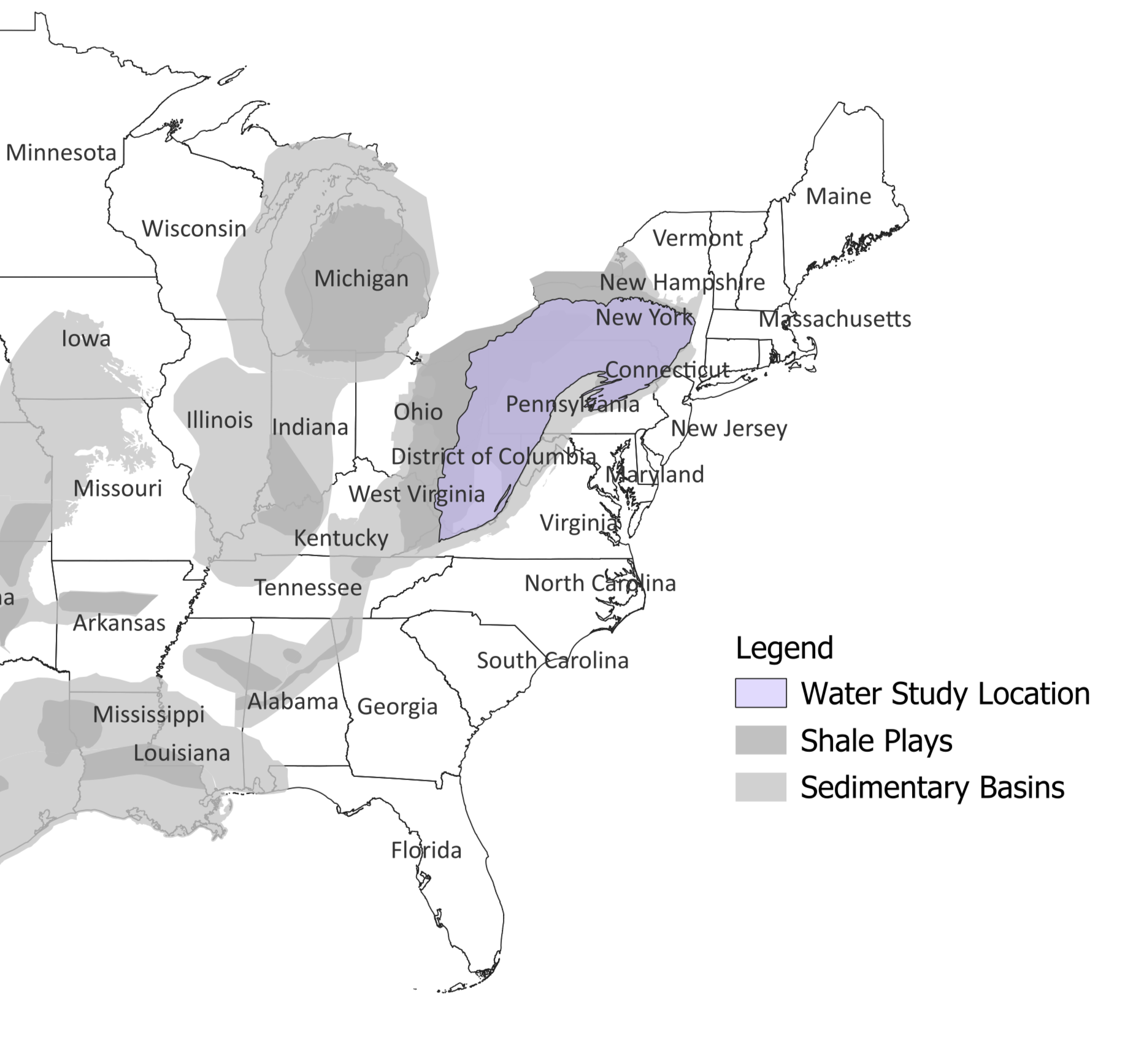A Groundwater Modeling Framework for Elucidating Community Exposures Across the Marcellus Region to Contamination Associated with Oil and Gas Development
The study is complete and now undergoing peer review and an independent quality assurance/quality control audit before HEI Energy releases the research report in the first part of 2026.
The research team will build and test a model for understanding residential well water vulnerability to contamination from unconventional oil and gas development (UOGD) across the Marcellus region. This analysis will increase the understanding of risk to groundwater quality using publicly available data describing UOGD spills. The investigators will achieve their goal by:
- Modeling residential drinking water well vulnerability to contamination from UOGD sources over time across the Marcellus region. The model will describe how contaminants move in the subsurface.
- Using the model to understand the likelihood that specific UOGD spills will contaminate the water in residential wells.
- Refining the model and assessing its performance with statistical analyses using the characteristics of documented cases of UOGD spills and known contamination at well locations.
Image

Image


